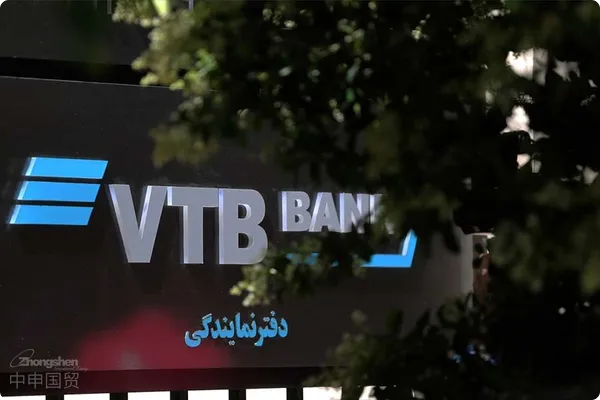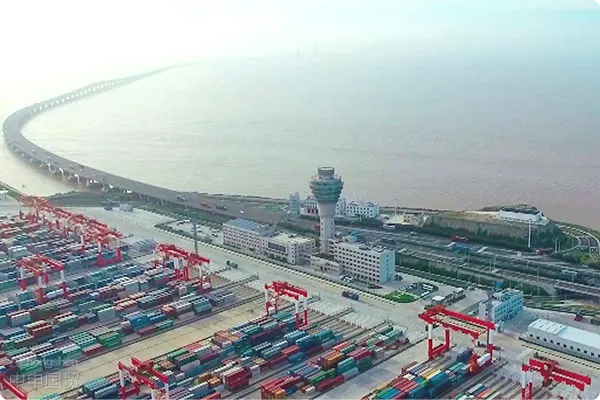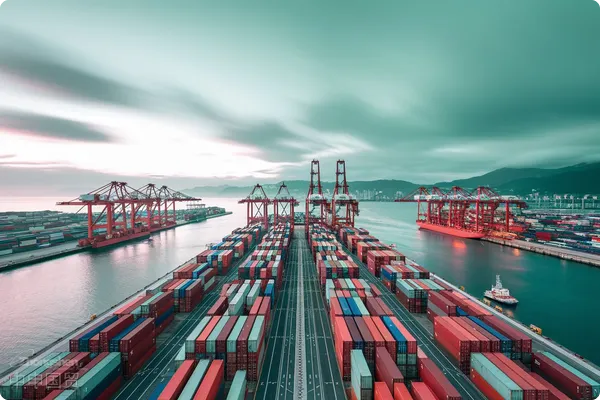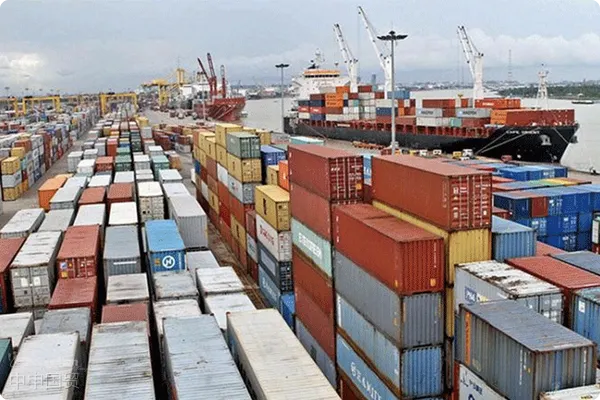- Shanghai Zhongshen International Trade Co., Ltd. - Two decades of trade agency expertise.
- Service Hotline: 139 1787 2118
Starting from June 3, 2024,When exporting metal jewelry to the EU, especially during sample customs clearance, the requirements are often diverse. Especially in the current international environment, the EU has carried out more reviews and supervision of the origin of raw materials. The non - Russian material declaration you mentionedbusinesses will face new customs requirements as the EUs new Customs Pre-Arrival Security and Safety System—Import Control System 2 (ICS2)—officially takes effect. This reform is the EUs response to enhancing border security and facilitating trade flows, directly affecting all goods entering the 27 EU member states, as well as Norway, Switzerland, and Northern Ireland, via sea, inland waterways, road, and rail.
What is ICS2?
ICS2 aims to adapt to the changing global business model through advanced data-driven customs security processes. The introduction of the system will enable EU customs authorities to collect and analyze relevant data before goods arrive in the EU, thereby strengthening the protection of EU citizens and the single market and effectively resisting security threats. It represents the first line of defense in protecting the EU internal market and EU consumers.
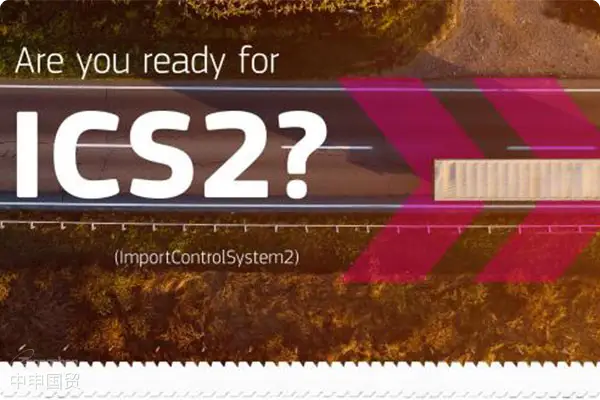
To meet ICS2 requirements, companies exporting to the EU must provide the following additional information in their Shipping Instructions (SI) for carriers to submit:
HS Commodity Code (6-digit):This is an internationally standardized code used to identify goods, ensuring accurate classification.
Detailed Description of Goods:A specific, complete, and accurate description of the goods is required to enable customs authorities to clearly identify their nature and purpose.
EORI Number of the EU Consignee:This is the Economic Operators Registration and Identification number, a unique identifier issued by EU member state customs toimport and exportcompanies or individuals, ensuring the consignees legality and identity accuracy.
Consignees Detailed Address:This should include street name, city, province, postal code, and country to meet customs requirements for understanding the final destination of the goods.
With the implementation of Phase 3 of ICS2, all goods shipped to the EU will be subject to new regulations. This means that regardless of the transportation method used to enter the EU, goods must follow new customs declaration procedures. EU customs will use this information for risk analysis to prevent potential security threats.
Businesses should note that the third phase of implementation may begin at any time during the deployment window, so they must prepare in advance to ensure all necessary information and documents are ready to avoid potential delays or the risk of goods being denied entry.
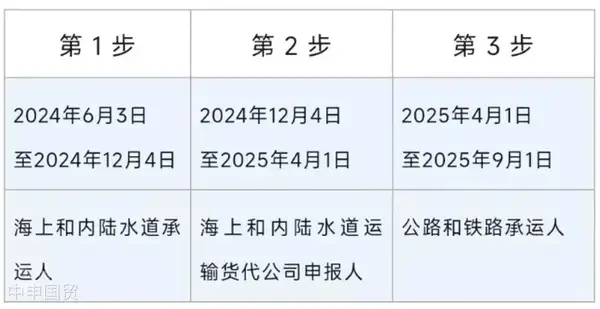
Learn more from the European Commissions original text:Import Control System 2 (ICS2) – European Commission
Related Recommendations
? 2025. All Rights Reserved. Shanghai ICP No. 2023007705-2  PSB Record: Shanghai No.31011502009912
PSB Record: Shanghai No.31011502009912
